5 Causes of Damp in a Victorian House
5 Causes of Damp in a Victorian House
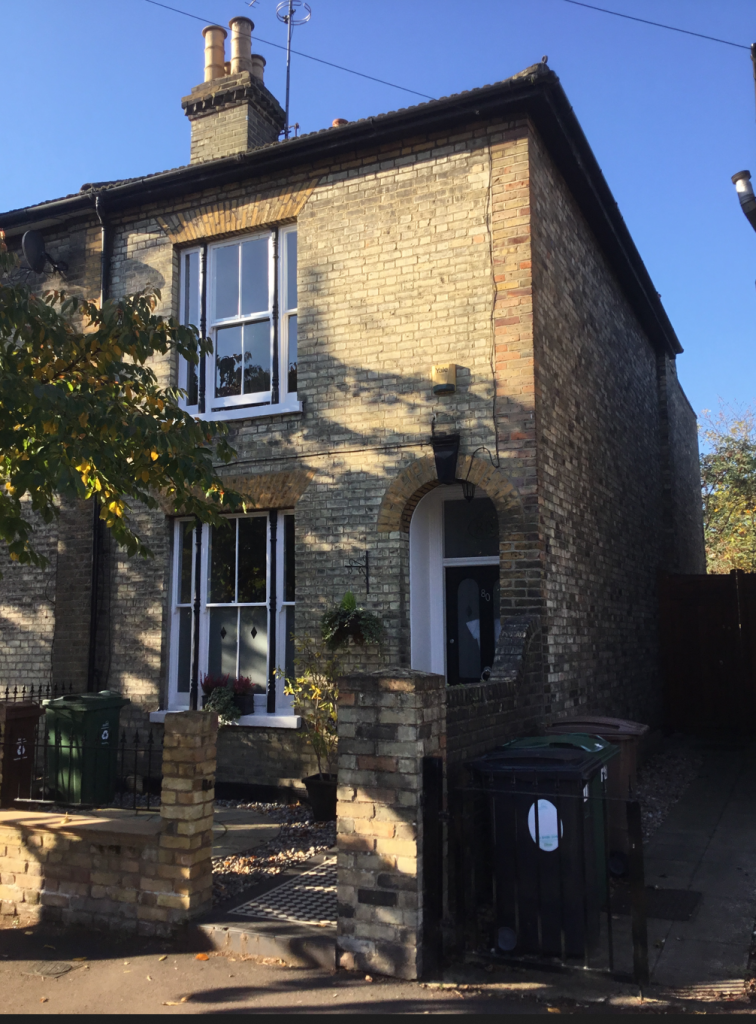
So you are thinking of buying a period property?
Many Victorian and Edwardian houses have been disfigured with unnecessarily
injected damp proof courses.
Avant Garde take a sympathetic approach to older buildings – read on to realise
whether your house is genuinely at risk…
Penetrating Damp
This is by far the most common cause of dampness and is often misdiagnosed as
“rising damp” especially when damp penetrates near the base of a wall.
The good news is that you do not need a DPC injection in order to rectify this
problem!
You may be able to remedy the issue by performing some of the following checks
- Ensure that the external ground levels are not banked up against your property
- Locate the level of the damp proof course – you are looking for a material (most likely
slate, bitumen or plastic) that is sandwiched between the lower brick courses. - Once found, make sure that this level is NO LESS than 150mm ABOVE the ground.
- If necessary, install French drains or lower the external ground levels.
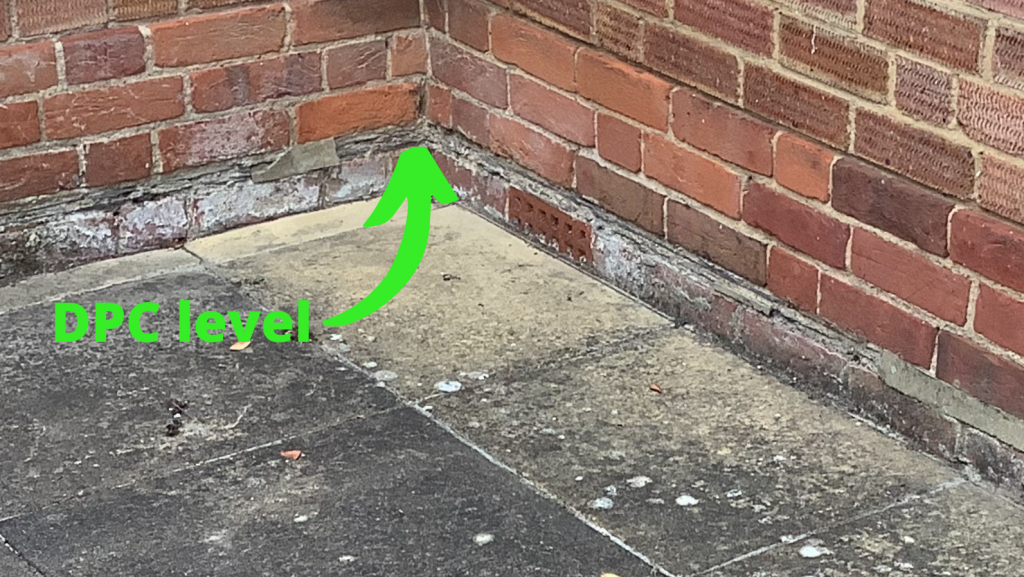
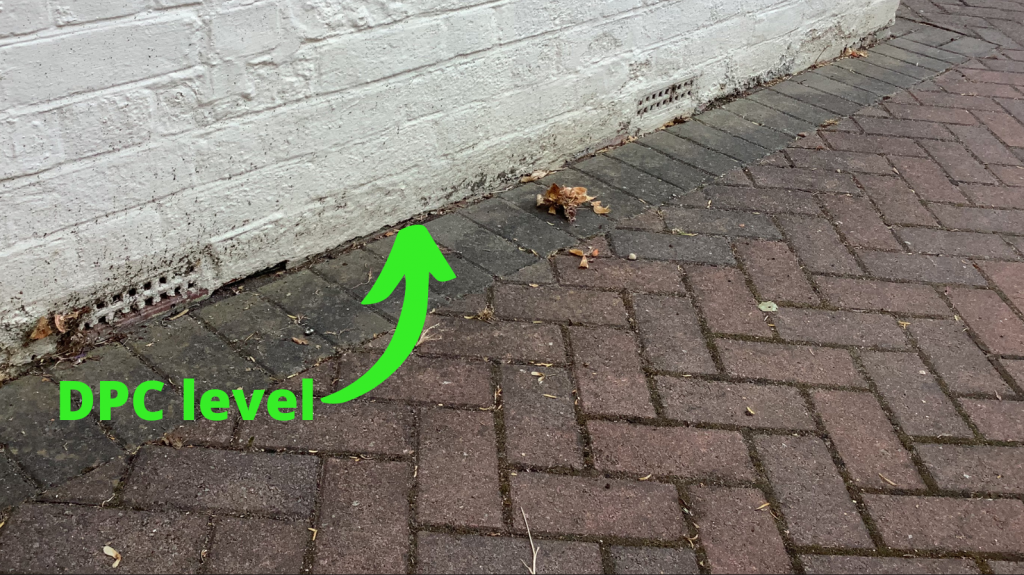
External Render
Whilst in past times it was common to render walls down to the ground, this is now
considered to be bad building practice as can potentially draw-up moisture and
bridge the damp proof course.
Where external render or rendered plinths are in-situ, they should not be in contact
with the ground and also finished ABOVE any damp proof course.
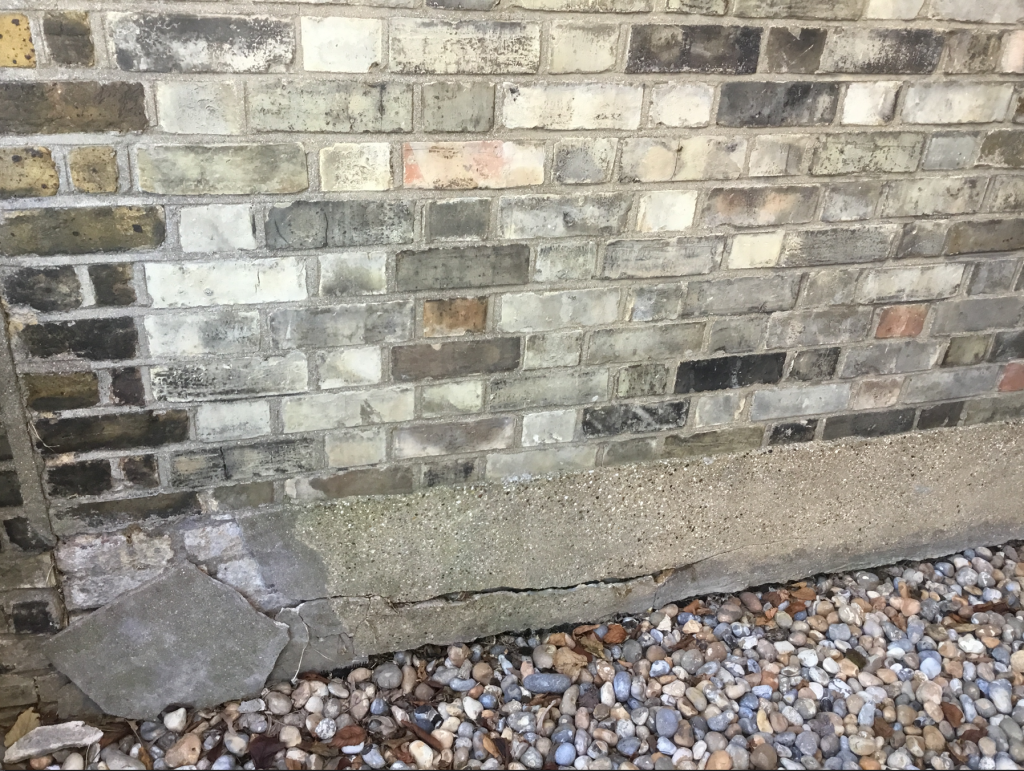
Leaking Gutters
It seems obvious, but leaky gutters, hoppers and down pipes are another very
common cause of penetrating damp.
Overflowing rainwater goods can saturate the main walls and will often manifest as
spoiled plaster work on the internal.
Look for telltale signs of dried water marks on the pipe joints or moisture staining and
algal growth on the outside of the building.
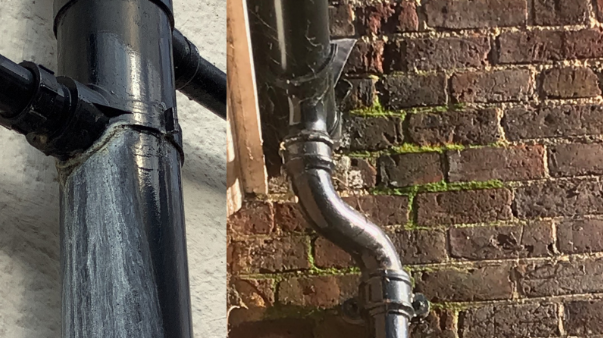
External Brickwork
Victorian facing bricks have hard outer surfaces but soft interiors. When these
become saturated they are vulnerable to frost damage as the water expands.
The mortar between the bricks is what is known as “pointing” and it is important to
ensure that this remains present and intact.
Excessively eroded or weathered pointing can not only lead to penetrating moisture
but can also cause crumbling of the brick face also known as “spalling”
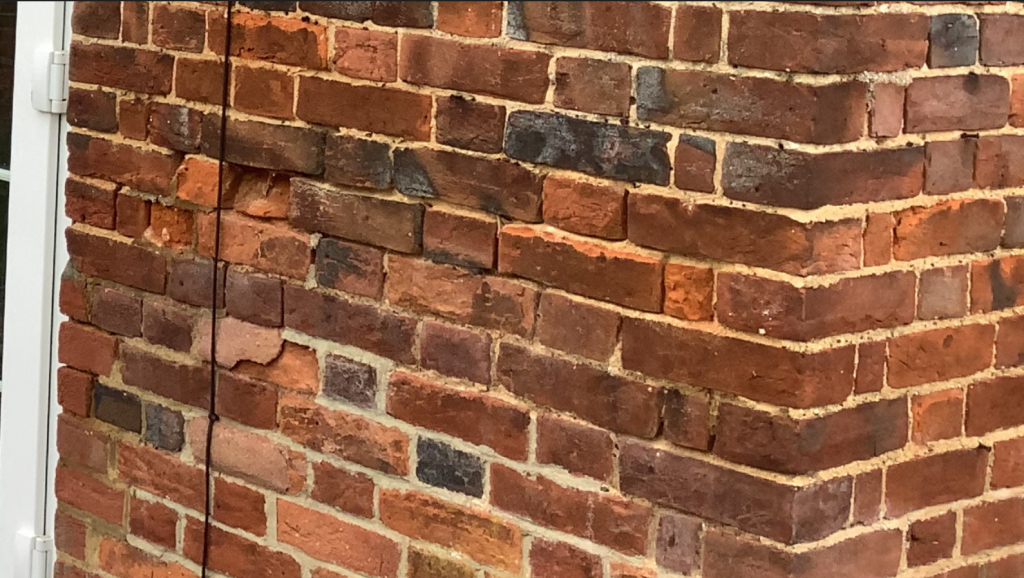
Window Sills & Frames
Soft decayed wood and flaking paint are perhaps the most obvious signs of rot to
external joinery. This can cause the windows to stick especially if they are sash
windows.
Another common but lesser known fault is to do with the window sill.
Because period windows are set back within their openings they are dependent on
large projecting sills most often made of stone.
The most important thing to check for is whether there is adequate “throating” on the
underside of the sill. Make sure that there is a groove under the front edge of the
projecting sill as this will allow rainwater to drip AWAY from the building.
It is common for the groove to become clogged with a buildup of paint.
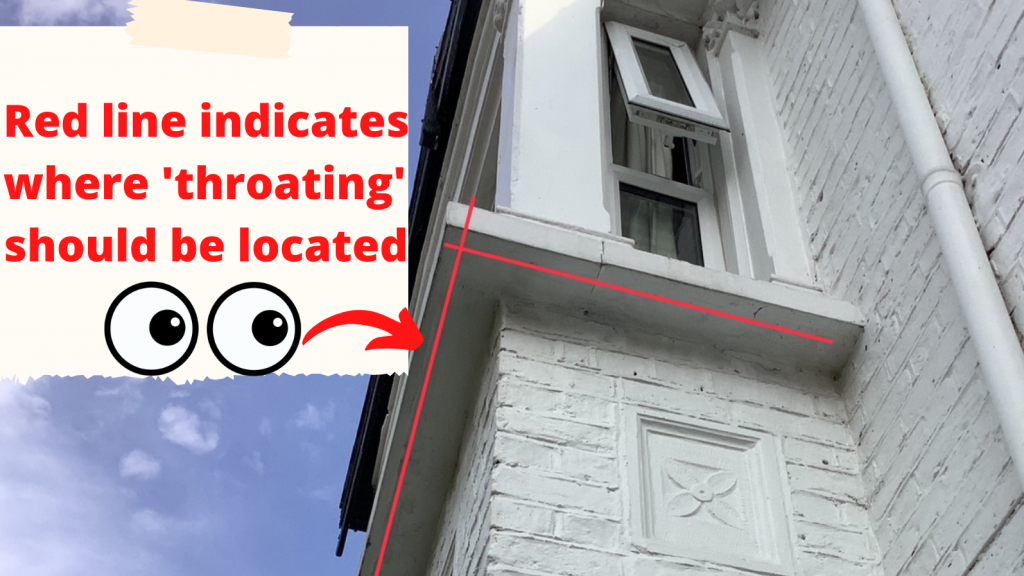
These are just a handful of the most common causes of dampness in older houses.
There are others that are not always so easy to spot, but with our excellent track
record of reviews Avant Garde can help you avoid costly, disruptive and
unnecessary damp proofing treatments.
Call us now on 0800 859 5938 or email us via our contact page contact page





